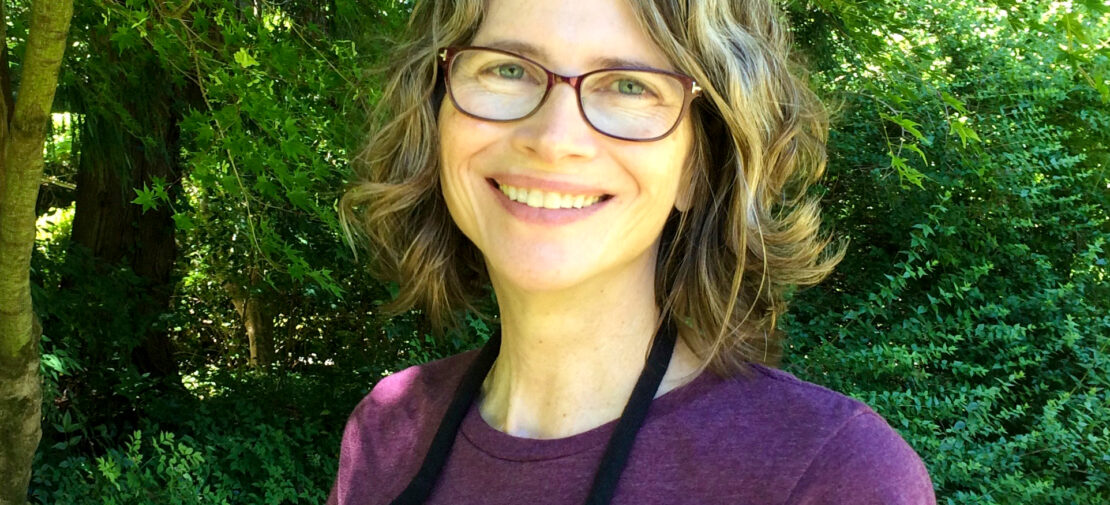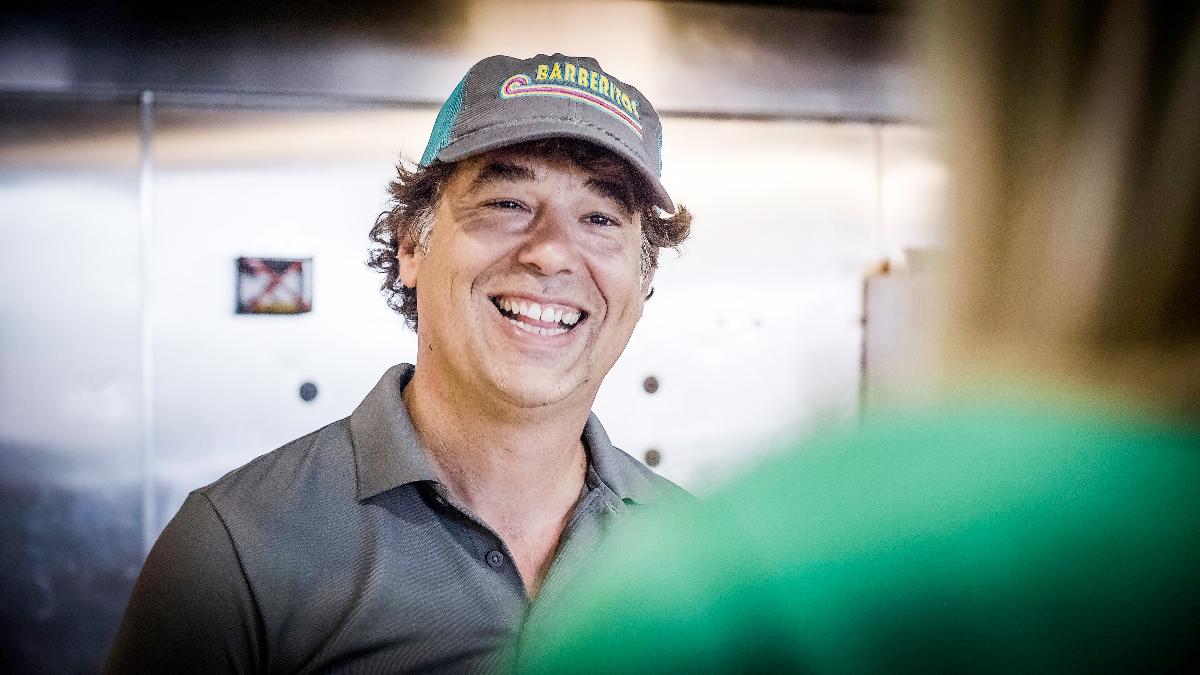
In the highlands of Hall County lie headwaters that meander through the towns dotting its sloping countryside. Just south of Athens, the Middle Oconee and North Oconee converge to form the Oconee River. From there, it traces sinuous curves across the North Georgia Plateau, molding sandbars and oxbow lakes as it threads its way downstate. Near Milledgeville, it lingers in Lake Oconee and Lake Sinclair, two fractal bodies carved from the landscape. It moves slowly through swampy pools and rushes in fresh torrents along two hundred miles before joining the Ocmulgee River, where it becomes the Altamaha. The Altamaha churns on its 137-mile course before emptying into the Atlantic.
“Water is life,” goes the adage, and it’s no exaggeration. The Oconee River basin drains over 5,000 square miles along its winding path, nurturing flora, fauna, and human life wherever it goes. Forests and fields crowd its edges. Farms draw irrigation lines from its arteries. It supports wetlands habitats teeming with wildlife, including threatened species like the Altamaha shiner, the Altamaha arc mussel, the Oconee Burrowing Crayfish, and the endangered robust redhorse. Over 280,000 Georgia residents drink water sourced from the Oconee river. Where the Oconee flows, it vitalizes.
Yet human encroachment and development imperil this fragile Oconee ecosystem. Fecal coliform bacteria disgorged from storm drains and septic lines contaminate the stream. Fertilizer runoff floods the water with nitrogen, feeding algal blooms that choke out aquatic life. Developing communities along its shores can accelerate sedimentation, filling the riverbed with silt. Pollution of all kinds poison these life-giving waters.
Viewed as a whole, the swathe of Georgia the Oconee River cuts across is a fragmented network of private properties and public land. To protect these waters will require more than enforcing EPA regulations and arranging litter pickup days. It will take landowners — public and private — assuming environmental responsibility.
That’s where the Oconee River Land Trust (ORLT) comes in. A 501(c)3 nonprofit, it exists to permanently protect lands throughout the state of Georgia and South Carolina. As with other land trusts, its board develops its own specific mission and focus within that broader mandate, Executive Director Steffney Thompson told me in a phone interview. In ORLT’s case, the board of directors tends to prioritize lands with prominent water features to preserve wetlands and riparian habitats and ensure responsible forestry and agricultural operations within those properties. Since the early 1990s, ORLT has partnered with private landowners and public entities from Clarke County, the Department of Natural Resources, and the Army Corps of Engineers to develop and steward conservation initiatives.
To protect these riparian lands in perpetuity, ORLT creates conservation easements (CE) with private and public owners. The organization’s website defines these easements as “voluntary legal agreements between a landowner and a land trust that permanently restrict certain uses on the land in order to protect the land’s conservation values.” Within that broad framework, the trust negotiates with the owner what stipulations apply to land use and how they’ll be enforced. The resulting conservation easement is recorded at the county courthouse, and binds all current and future landowners. Only a future government condemning the land and seizing it by eminent domain can nullify a CE — an unlikely prospect if ORLT and its partners are doing their work.
I asked Thompson why an owner would want to enter such an agreement. Land prices are rising, and the appetite for development is insatiable. A CE binds the owner, both to underwrite the legal framework and to maintain its integrity through regular monitoring. Here Thompson points out that any CE “is a lot of work for the land trust as we are responsible for ensuring the easement is complied with for forever, and we take that responsibility seriously.” A conservation easement is not to be taken lightly. By putting their property into easement, landowners and their heirs are committing to protecting the lands in perpetuity.
Thompson conceded these challenges, but insists for the vast majority of ORLT’s partners, the benefits of cleaner water and protected habitats far outweigh the costs. They recognize that environmental stewardship is never a zero-sum game. Everything is connected — water and land, wildlife and human well-being. Because ORLT balances the owner’s desires with the protective features of the CE. Owners also realize tangible advantages: easements may qualify owners for federal and state tax benefits, while reducing exposure to property and estate assessments. In some cases, too, the limited development may enhance the value of properties on which an easement appears, as well as help farm and forestry land remain affordable. Considered holistically, that’s an agreement that improves life for everyone.
Thompson clearly relishes her work with ORLT. She arrived in Athens just as stakeholders were forming the ORLT to establish a greenway along the river near the Classic City. An attorney with training in environmental policy, she had relocated from Arizona to Georgia in 1992 when her husband landed a teaching position in The University of Georgia’s forestry department. Soon, she met Madeline Van Dyck, an energetic ORLT founding member. Van Dyck recruited Thompson to write a newsletter for the nascent organization. In typical Athenian fashion, a donation from REM provided initial funding for the land trust and helped seed ORLT’s growing operations.
At the time, Thompson was raising children and staying active in the community, so she began offering her services part-time. An unusually well-informed and active board made this arrangement possible as the organization grew. Thompson eventually transitioned to full-time, drawing up legal documents, giving talks, writing grants, fundraising, and creating easements ranging from 3 to 1,500 acres. Soon she found herself needing a staff to help maintain the integrity of existing agreements. As she informed me, there’s a logic to the organic development of land trusts. Conservation easements provide for a project contribution to defray the legal costs as well as a stewardship contribution to help cover annual monitoring and reporting efforts. That means as a land trust creates more CEs, it secures more funding to hire staff to maintain them. Presently, ORLT lists four staffers on its website, along with a several volunteers and interns.
Over the years, Oconee River Land Trust has stayed true to its mission, and its ambition and scope continue to grow under Thompson’s leadership. That’s good news not only for the Oconee River she’s striving to protect, but also for the wetlands, the wildlife, and those of present and future generations who will be able to enjoy this water’s life-giving presence.


